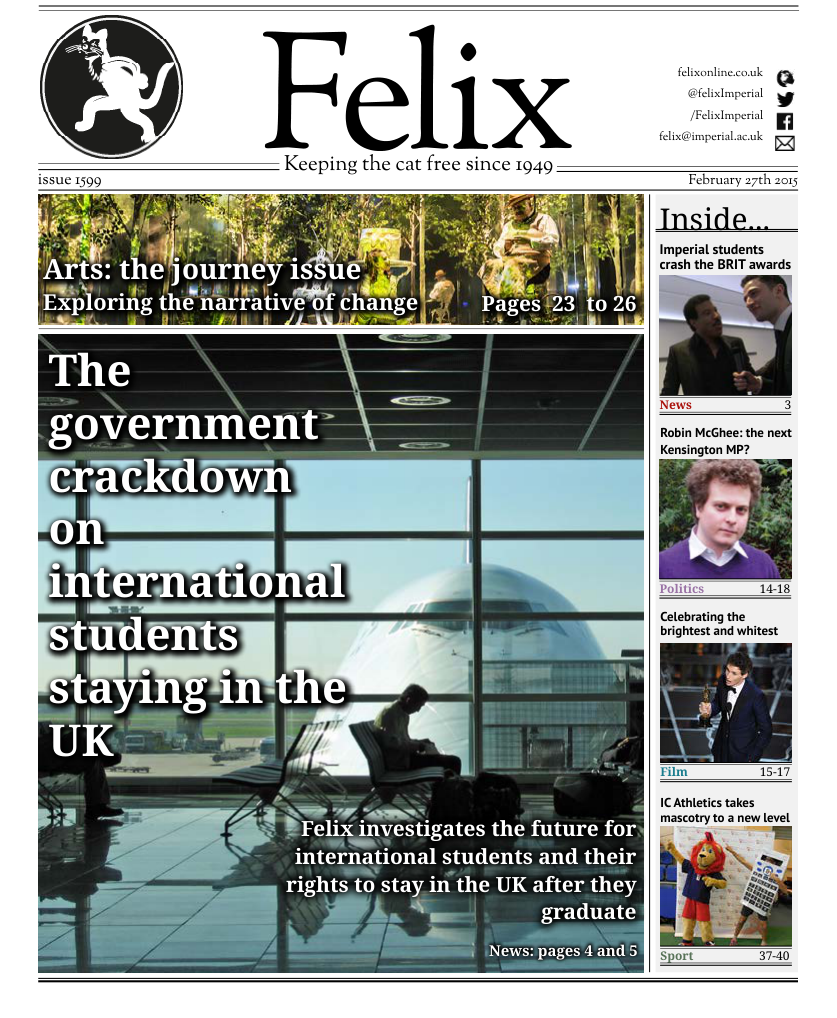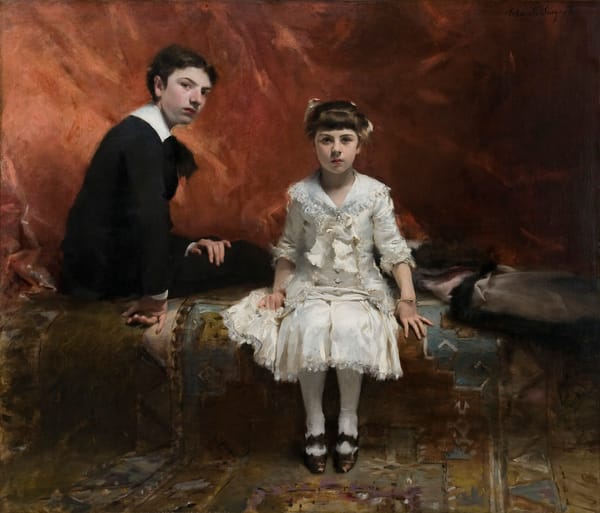The sculptural legacy of an empire
Fred Fyles explores the Victorians’ love for statues at Tate Britain

An empire can be measured not by the length of its borders, or by the riches of its lands, but by the quality of its sculptures. At least, this is what the Tate Britain is trying to argue, with its newest exhibition Sculpture Victorious, an ode to the golden age of British sculpture. Actually, perhaps that first sentence should be amended to read “the quantity of its sculptures”, since it was during the Victorian era that the country experienced a surge in sculpture production, unprecedented in its history, which culminated in the reconstruction of the Palace of Westminster, destroyed in a fire a couple of years before Victoria came to the throne.
We start with the lady herself: two busts of Victoria, done 48 years apart. In the first, by sculptor Sir Francis Chantrey, the young monarch looks out with a confrontational stare, her dress exposing one shoulder; in the second, Alfred Gilbert, who wasn’t even born when Victoria came to the throne, portrays her as the matriarch of an empire, her eyes heavy and tired, trussed up in lace like a swaddled infant.
The works displayed in the exhibition are often beautiful, particularly in the last room, where the output of the Arts and Crafts Movement is given the opportunity to shine, but the show works best as a history lesson, showing us how sculpture was used as a tool to both further the empire’s power and reinforce the dominance of British industry. The face of Victoria appears not only in public statues, but also across a number of coins; Canadian cents, Indian rupees, Hong Kong dollars, they all bear her visage, allowing her to act as a literal overseer of her realm. Her personage also graced the living rooms of innumerable middle-class households, thanks to the invention of the reducing machine by Benjamin Cheverton, which allowed multiple smaller copies of a single statue to be made, thus allowing miniatures of the Queen to be distributed cheaply around the country.
This link, between industry and art, is one that recurs throughout the exhibition. The statues designed for the new Palace of Westminster made use of the innovative electroplating techniques, meaning that numerous metals could be applied, giving them a multitude of tones and hues. There was also an increasing collaboration between artists and manufacturers, as sculptors worked with industrialists to produce their wares more and more cheaply; in some ways, this was the start of artistic capitalism, allowing the lines between creativity and commerce to blur, a process that has continued to this day.
This rise of industrialisation contrasts with the fetishisation of the past; with the arrival of the Elgin Marbles kick-starting an obsession with classical art, the Victorians compared themselves to another great civilization: the Greeks. This reached a peak with Raffaele Monti’s _Veiled Vesta_l sculpture; Monti’s ability with stone is apparent, as he conjures up a veil made from marble in an illusionistic tour de force of statuary.
The most interesting part of the exhibition, however, is how the Victorian’s love of sculpture pales only to their other great passion: colonising and oppressing other people. While this colonial habit is referenced in the opening room’s collection of coins, it is not until later that it is properly explored; multicoloured elephants and porcelain peacocks showed how foreign lands promised a wealth of riches and amusements for the well-heeled Victorians. The most affecting piece in the whole exhibition is A Daughter of Eve or The American Slave, by John Bell; making use of electroplating technology, the statue’s dark bronze skin contrasts with the classical marble whiteness of other sculptures. The woman looks to one side, her hands bound in chains, in an agonising display of humanity that directly challenges the hypocrisy of the British Empire’s attitude to American slavery. It is this piece that forms the emotional centrepoint of the exhibition, helping it become much more engaging than just a musty history lesson through British sculpture.
Sculpture Victorious is on at the Tate Britain until 25th May. Tickets £12; £9.50 Students.








